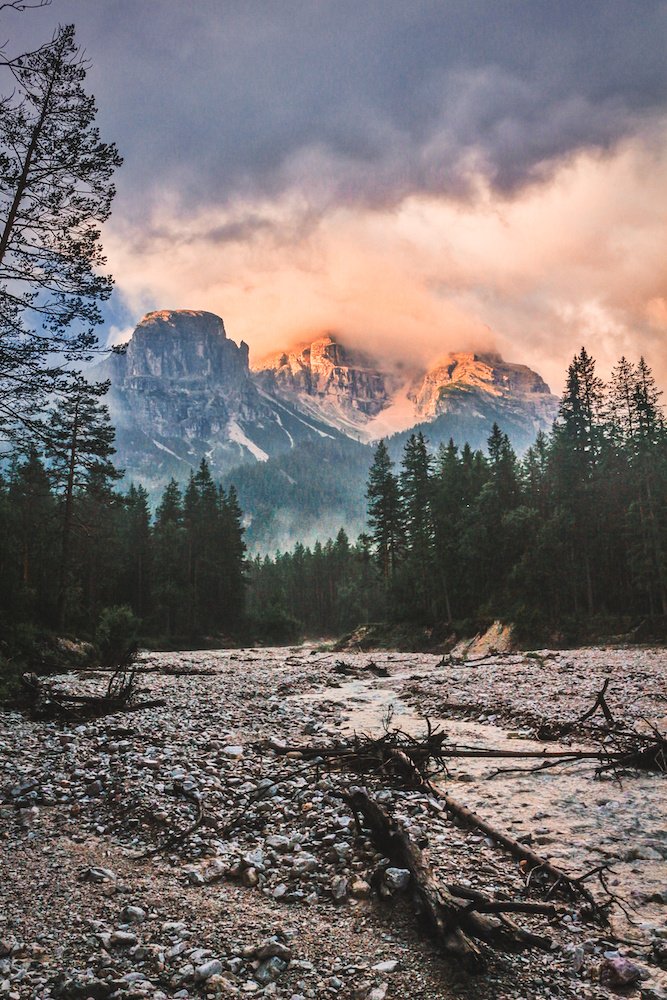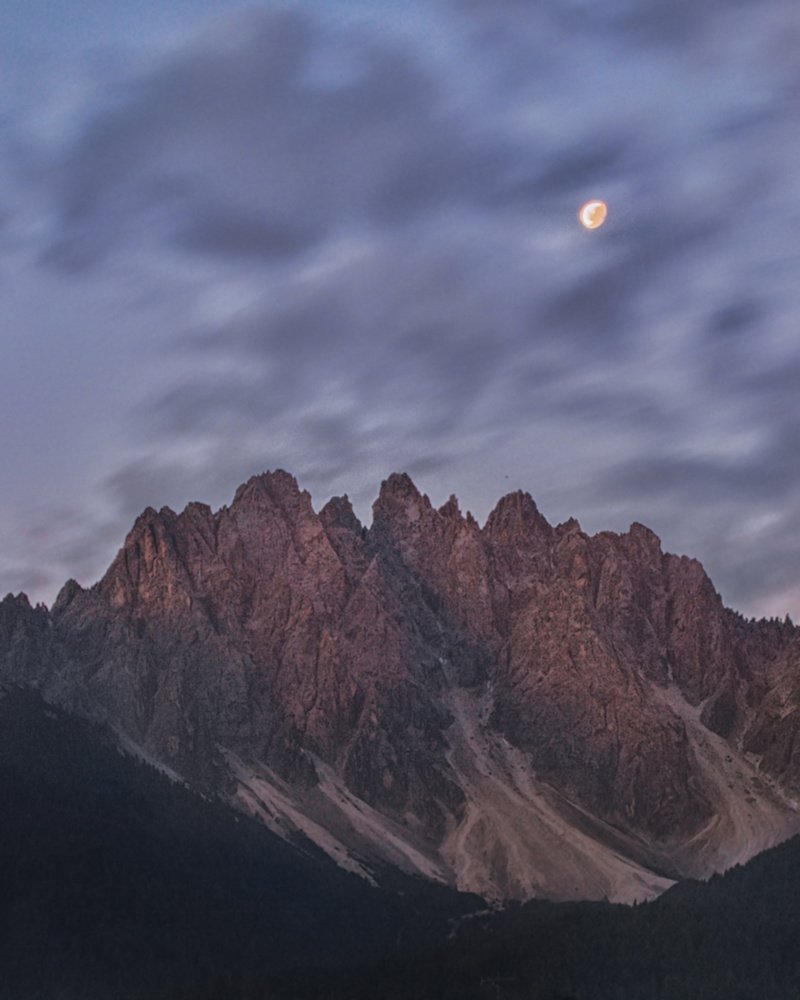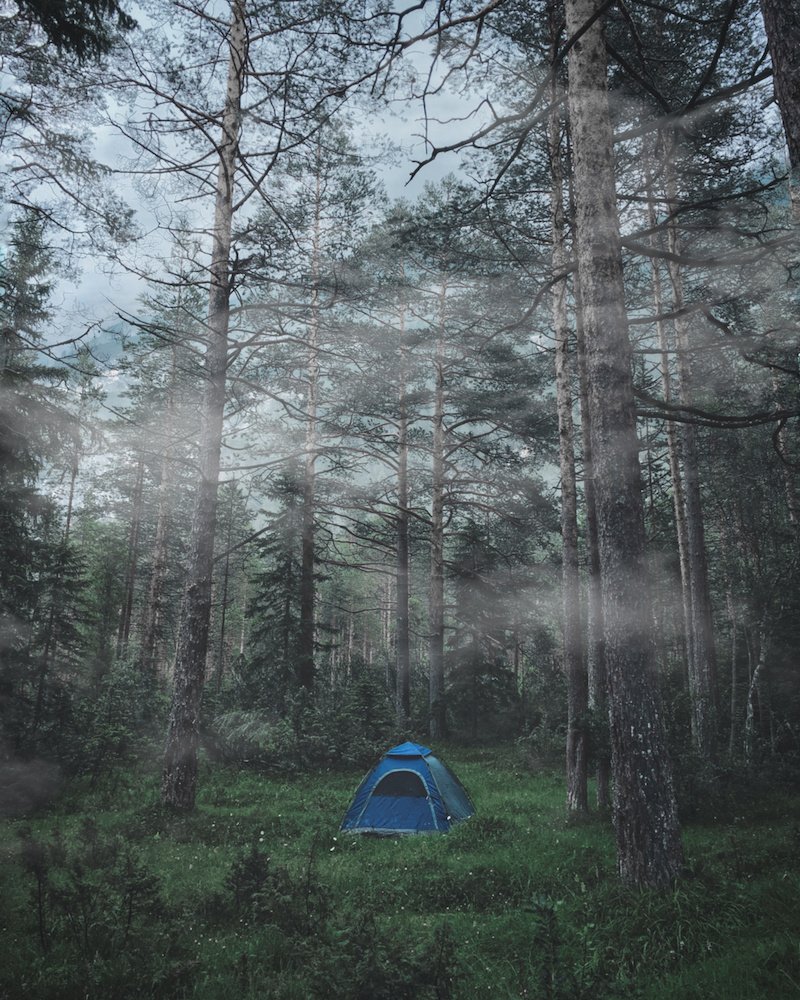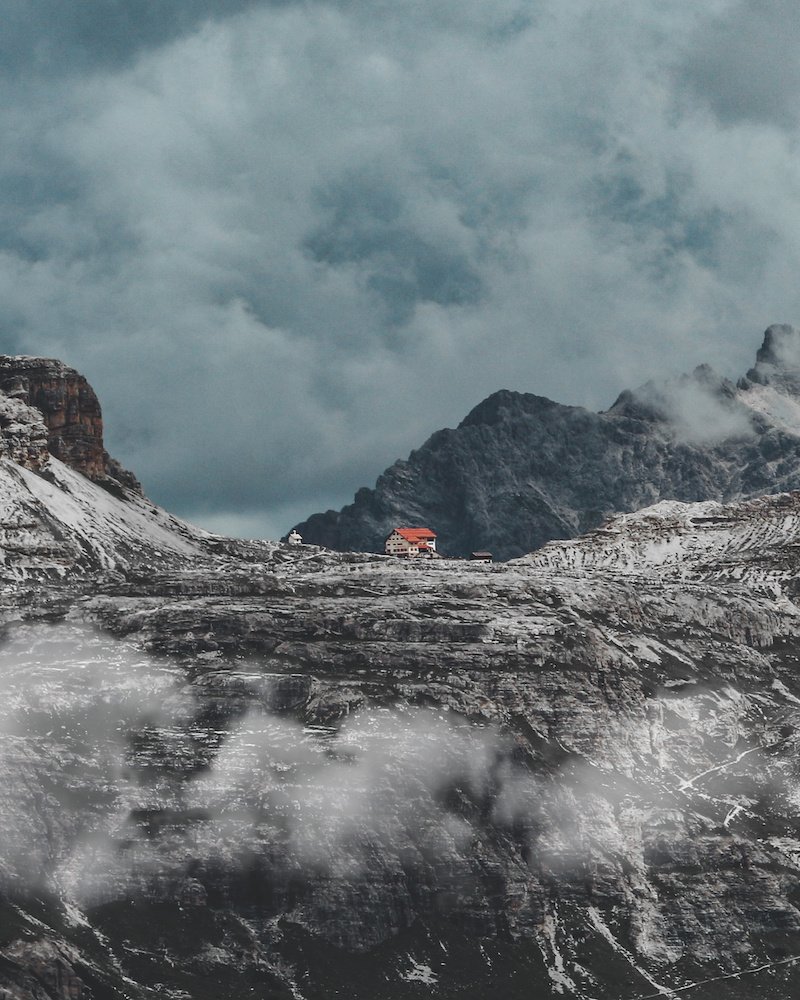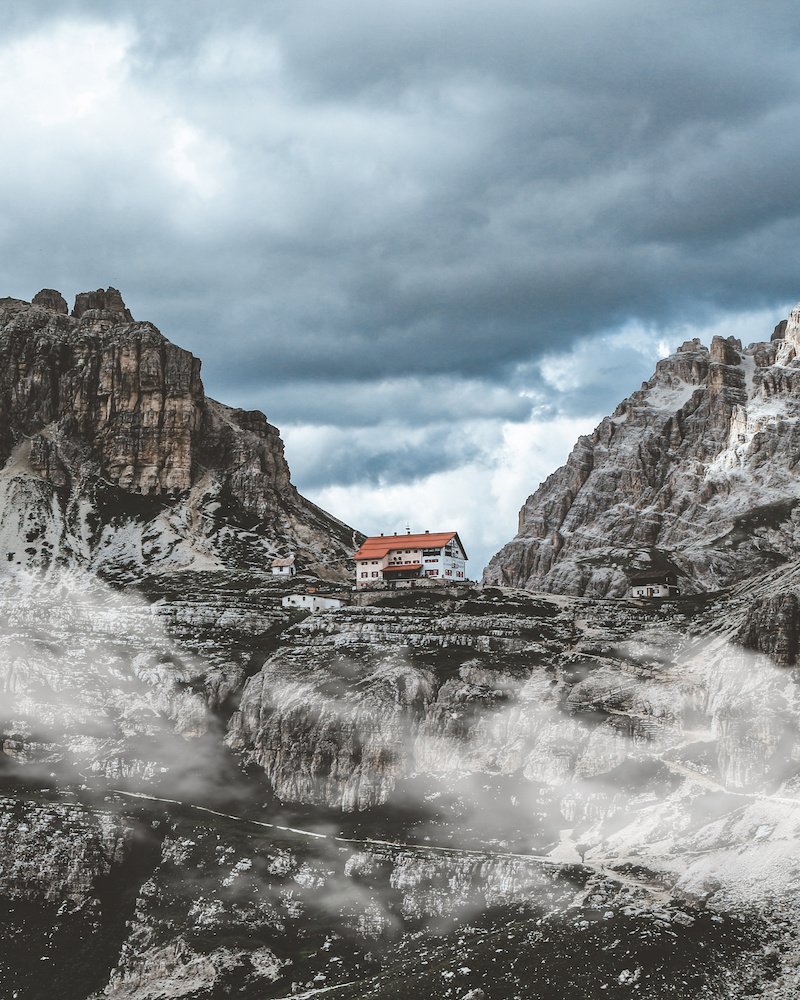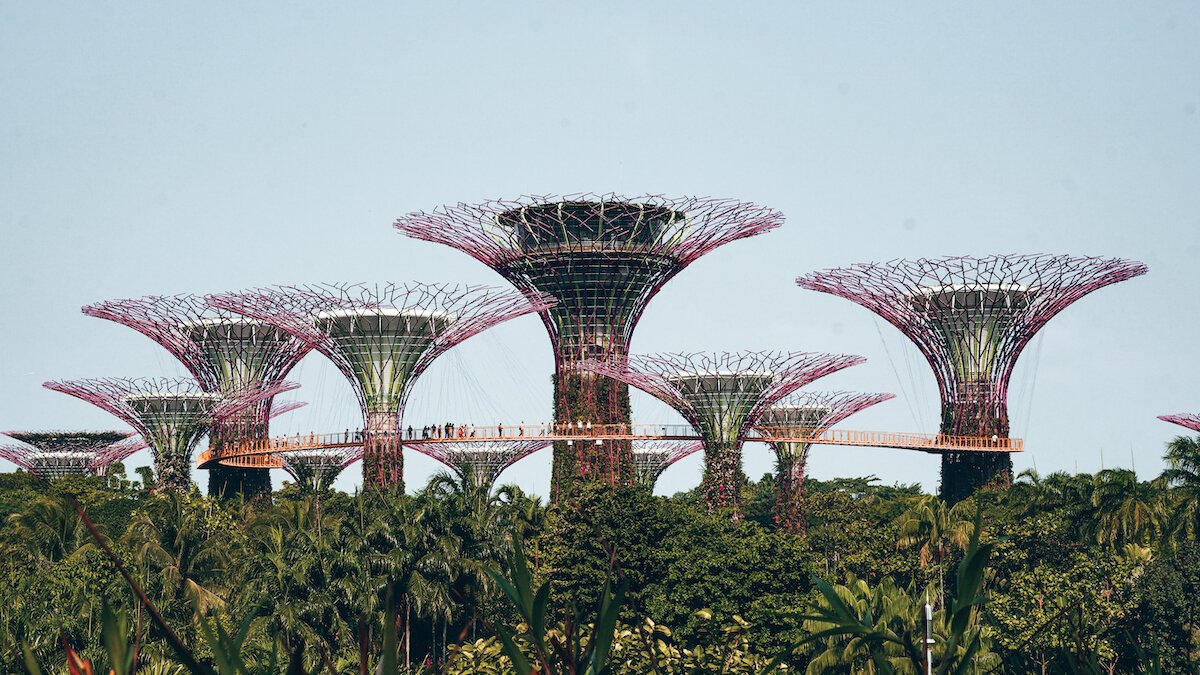Backpacking the Dolomites on a Budget - Tips, Safety and Essentials
You fancy a trip to the Dolomites but have a tight budget? Perhaps you are considering backpacking and camping for the first time, but don’t quite know how to prepare for it or what to pack?
In this article, you’ll find brief introduction to backpacking and camping with a location focus on the Dolomites. From packing essentials to freedom camping tips, I will also share with you how to eat well on a budget and what safety aspects you should consider before your trip.
Keep in mind that many of the tips and advice mentioned here is also applicable to backpacking in many other destinations. It is not restricted to just the Dolomites region :)
CONTENT:
1. What to Consider When Backpacking in the Dolomites?
2. Packing List & Backpacking Essentials
3. Transport: How to Travel Around the Dolomites Region?
4. Where can you Camp or Stay in the Dolomites?
5. How to Eat and Cook Good Food on a Budget?
6. How to Stay Safe in the Middle of Nowhere?
1. What to Consider When Backpacking in the Dolomites?
How much to pack and bring?
If you are arriving by plane, then there will be certain things you cannot bring if you are flying Carry-on only, such as: pocket knife, certain fire lighters, cooking gas and methane burners.
It will also limit your backpack to only 40L size to fit the Carry-on luggage requirements. Depending on the length of your trip, you might want to consider a checked-in bag if you will be travelling for 1 week or more.
Bringing a larger backpack (ie. 50L +) means that you can bring more of the essentials with you. You’ll find a list of my backpacking essentials below.
Which part of the Dolomites should you explore?
The Dolomites region is huge and assuming that you prefer to travel quality over quantity, then you will have to pick out a select few regions to explore.
The region near Tre Cime National Park and Fanes-Sennes-Braies National park is a good place to base yourself because it’s full of spectacular hikes and good camp spots.
You can find all my tips for the best spots and photogenic locations in my blog article here: Dolomites Travel Guide
Should you Backpack Solo or with people?
If you are travelling solo, then be prepared to carry all essentials with you and know that you have no one else to count on but yourself. I personally love backpacking solo because I love learning to enjoy my own company and the company of Mother Nature herself. To feel a connection with the planet and be void of all distractions that often come with your everyday life. It’s quite therapeutic in my opinion :)
You can find my more elaborate article here about the pros and cons of Travelling Solo vs Travelling with Friends.
2. Packing List & Backpacking Essentials
Backpacking requires a very different set of gear and essentials compared to luxury travelling - ie. Suitcases are out and Backpacks are in. On top of that, you have to consider safety and practicality as your number one priority - and not having a different outfit everyday. This means having to sacrifice bringing some of the ‘wants’ in order to make room for the ‘needs’ or ‘survival essentials’.
Personally, it took me a while to finally figure out what I actually ‘needed’ out there and what was a waste of space. Many people are hesitant to try out camping or backpacking because they don’t know what to bring and they’re afraid of the consequences of not being prepared enough for the ‘wild’. But honestly, there’s not much to it.
Here is my list of backpacking essentials:
Large Backpack for the bulk of your things, preferably also with lots of straps for attaching your tent and other things to the outside - around 40L to 60L, depending on how long your trip is or if you have flight restrictions.
Small Lightweight Backpack for easy access to things you will use often like chargers, camera, food, jacket, sunscreen - 15L to 25L
Lightweight Tent + Waterproof Tarp if you’re camping - try aim for less than 2-2.5kgs because you want the lightest tent possible, if you are going to be walking/hiking around with everything. I have a very cheap (80 Euros) tent, weighing just over 1kg but it fits two people and holds up extremely well!
Ultra Lightweight Sleeping Mat, which you blow up yourself. I found one that weighs less than 500g and rolls up super tiny. Best part? They can cost you as little as 35-40 Euros!
Ultra Light DOWN Sleeping Bag - and I specify DOWN because it is super lightweight, super compressible and incredibly warm! The Down sleeping bags generally cost more, but trust me, it is worth every penny and will save you a tonne of space and weight in your backpack. I paid around 90 Euros for mine and at a feather weight of 800g, it keeps me toasty warm in sub-zero temperatures.
Pocket Knife - but DO NOT bring this if you are flying with Carry On only - you will have it confiscated!
External Charger that holds a minimum of 4x full charges for your phone - make sure to recharge this whenever possible! I consider this a safety essential because in cold weather, electronics die quickly and if you have a flat phone in the middle of nowhere, that is a dangerous situation to be in.
Headlamp is your best friend at night and also a safety essential to have in case you happen to find yourself hiking longer than expected past sunset.
Large drink bottle (or even two) so you have enough for cooking and drinking. You can fill up if you see waterfalls or alpine rivers along your hikes.
Matches/fire lighter + fire starters so you can make a fire to keep warm if it’s a really cold night.
First Aid Kit: a small one with essentials should be enough
Camping Cooking Set + Gas for cooker (unless you are flying with carry-on)
Biodegradable rubbish bags to pack your litter!
Toilet Paper - something I always forget but is really an essential!
Carabiners and Rope - so underrated but seriously so practical and super handy to have.
I have actually included links to my favourite/recommended products in this article here: Top 10 Travel Essentials for Backpackers.
3. Transport: How to Travel Around the Dolomites Region?
Hitchhiking in the Dolomites:
It was surprisingly easy to hitch hike here and I was picked up by a lovely Italian man with his dog, then by an awesome elderly German couple in their camper van.
My best tips for hitch hiking:
always smile, even when people drive you by. Keep your spirits up and stay positive - for your own sanity :)
don’t bother with a sign because if people see that they are not going to your ‘end destination’ they will drive you by. Whereas I find they are more likely to stop and chat to you if you don’t have a sign, this is a good opportunity to at least get a ride down to the next junction. Even a little way is better than nothing at all!
learn some Italian phrases when in the Dolomites area as many people in this area speak only Italian.
Bus Transport in the Dolomites
The bus system here in the Dolomites is excellent and very reliable as the majority of people do rely on buses to get around the mountainous landscapes.
I used the bus to get from San Candido to the start of my Tre Cime hike at Fischleinbbachtal and bought my ticket on the bus.
Depending on the region you are in, there are different bus services. So best check with the info centre, google maps or bus schedules for the area you are in.
Train Travel in the Dolomites
You can get around the main towns and cities by train but it’s difficult to reach smaller villages without an independent mode of transport. In saying that it is also possible if you pair it up with hitch hiking. You can reach places like San Candido, Dobbiaco, Brunico by train from Bolzano quite easily, but not to Cortina d’Ampezzo unfortunately.
Car Rental in the Dolomites
Renting a car would cost you much more but it saves you having to bring the tent and sleeping mat if you just want to sleep in the car. It’s much more time and energy efficient.
If you are thinking of renting a car, then you can view my tips and advice at the bottom of my other article here: Tips for Renting Cars in the Dolomites.
4. Where can you Camp or Stay in the Dolomites?
Freedom Camping in the Dolomites
When you just find a spot in nature and set up camp - personally this is my favourite option because I have no location or time constraints, I simply find a spot in the middle of nowhere and just set myself up.
But there’s a down side to this for those who are black and white about the law - freedom camping in this sense is illegal in almost every country except in Scandinavia.
To camp in the National Parks would get you a fine if caught out, therefore if you are planning to freedom camp in the Dolomites, here are my tips for you:
Leave no trace, absolutely nothing. Take all your rubbish away and leave nature exactly how you found it. Respect the beautiful nature you are so lucky to be surrounded by.
Don’t camp near roads, trails or open areas. Find secluded, off the beaten track spots where no one can find you.
Set up camp after sunset. This minimises the chance of being spotted.
Pack down everything by 7am the next morning or shortly after sunrise. Again, this is to avoid being spotted by people who ‘might’ call authorities, but it also means you get to make the most out of your day!
If the area is experiencing a drought, don’t start any fires and supervise your gas cooker (when cooking) at all times.
Camping / campsites in the Dolomites
Designated campsites with communal bathrooms and cooking areas, plus shelter and electricity to charge electronics. This could be a good idea if you need to recharge your phone and external batteries, or if you feel safer in a designated campsite environment.
Note that these campsites can sometimes end up being quite expensive as well, especially when you consider that you are simply sleeping in your tent or car, which you can technically do for free. Tip: You can always charge your electronics at cafes.
I personally don’t derive enough value from Campsites to pay for them. Especially when you have other options for free with just a little extra effort.
Couchsurfing in the Dolomites:
Free Accommodation in people’s homes through the act of sending a request and if they decide to host you (after reading your request and profile) then you have yourself a free accommodation and new friend :)
This is great if you want to switch things up between Camping and having some sort of comfort while also getting to know some locals.
I stayed with a lovely couple in the town of San Candido/Innichen, right in the heart of the Dolomites and very close to the Tre Cime National Park. It was absolutely beautiful, getting to meet them and their friends, to hear their stories and know more about their local culture.
This is one of my favourite ways to travel - the amount of kind beautiful souls I have met through Couchsurfing is incredible. You can read my article about Couchsurfing here: How to Couchsurf and Stay Safe
5. How to Eat and Cook Good Food on a Budget?
The food thing is probably the hardest part because you really have to make sacrifices for weight and practicality. In order to keep costs down, I tend to go for semi-ready made food such as Uncle Ben’s Rice, Couscous, Canned Food and dehydrated food (like this one). Nuts & Seed mix, Muesli Bars and high energy snack foods are your best friend when camping and backpacking.
I try not to bring things that will take too long to cook because I have to take into consideration how much gas (for the cooker) is still left for the rest of the trip. If you feel like fresh veges and fruit, then I would recommend you buy this in small quantities and swing by a local supermarket when needed.
Essentials when cooking in the wilderness:
Cutlery set
Matches/Lighter
Camping pots that are compressible and don’t take much space
Gas Cooker and enough Gas for your trip
Salt and Pepper mix + Heat Withstanding oil that is not susceptible to leaking (Coconut Oil is great for everything!)
Pocket Knife (unless you are travelling by plane with carry ons)
Container if you want to cook more and have leftovers for lunch the next day. Saves you having to cook and also saves you gas.
Here is an example of a nice meal I would make when camping:
Couscous with Chickpeas (or beans) and Tomato sauce
Takes 5-10 mins to make and tastes great! Mind you, everything tastes great when you are camping - especially on a cold day :D
6. How to Stay Safe in the Middle of Nowhere?
When it comes to staying safe in the middle of nowhere, most people think of danger as rape or murder in the middle of the forest or some big animal coming to eat you - when in reality these cases rarely, if ever, actually happen.
No, the biggest danger is your own inability to judge the conditions and being underprepared in terms of safety/survival essentials like not having enough water, or forgetting a first aid kit, fire starters, and external charger.
Safety is a really important aspect and only you know how far your comfort zone stretches. Every situation is different and everybody responds differently to external stimuli - for example, how cold is cold before your body can’t handle anymore?
My biggest tip for you is:
Have a plan B and emergency plan C - always, always.
If the weather suddenly turns sour, or if you felt super uncomfortable with your CS host, what will you do? What can you do?Always be prepared for the unexpected.
It’s important to consider the worst case scenarios so that if they do arise, you are mentally prepared to deal with it already and not waste time in shock.Check the weather and know your limits.
Best not to camp out when forecasted for thunderstorms/lightening. If you feel extremely uneasy, listen to your gut feeling and always go with that.
If you’re looking for tips on places to visit, I have shared all my favourite places and hikes in this article here: Dolomites - Most Photogenic Places
Do you have any other tips for backpacking and camping? What are some of your packing essentials? If you have any more questions regarding backpacking and camping in the Dolomites (or just in general) comment down below or message me @emilypeilan :)


